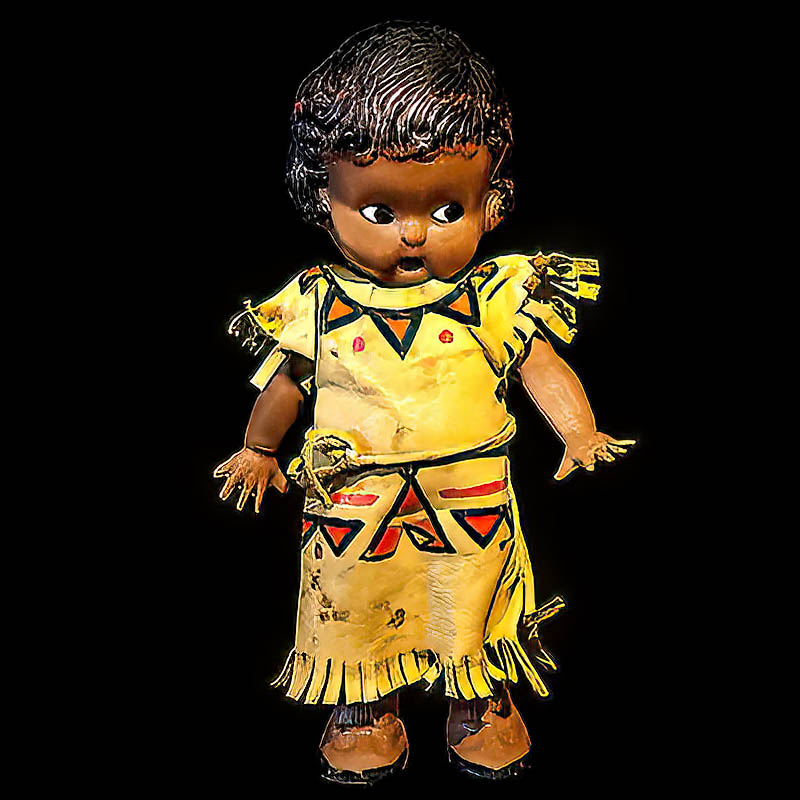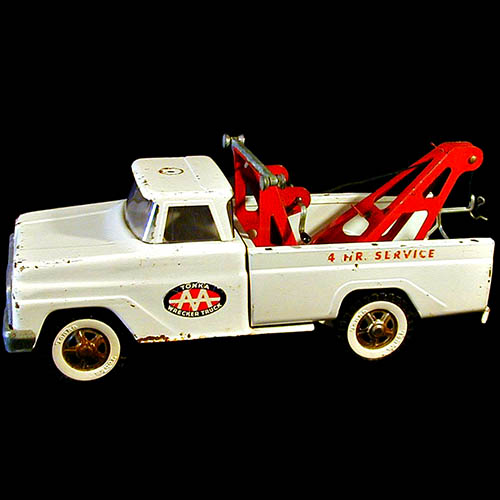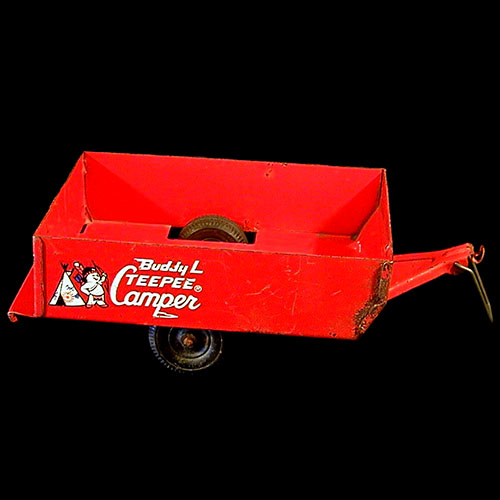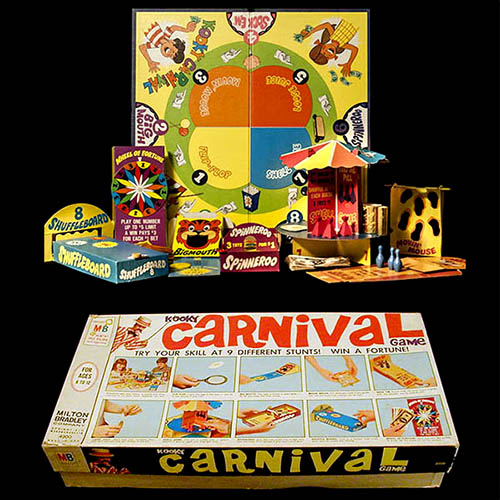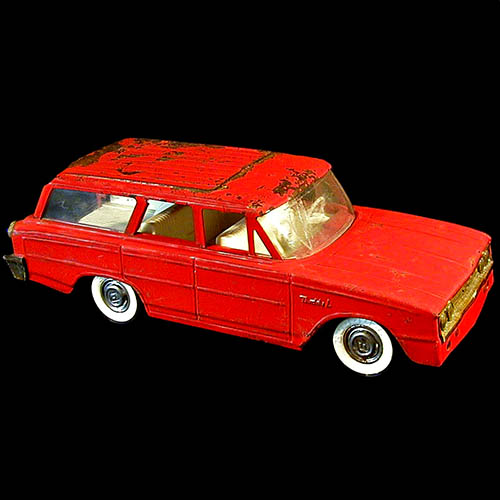Featured is a wonderful antique Native American Indian Doll.
- Patents for Mary McAboy’s Skookum dolls were granted on February 17, 1914. One of the applications was for a male and the other a female and in three styles ~ a male doll, a female doll, a female doll with a baby.
- The dolls started to become so popular that Mary McAboy partnered with H.H. Tammen Company of Denver, Colorado in 1920 to keep up with the demand.
- She stayed on and was the head of the Skookum Assembly Division.
- The look of the doll stayed the same but some of the materials used to make them changed.
- They were factory made dolls from the 1920’s ~ 1960’s that resembled Native American people and were usually sold in tourist spots.
- Skookum dolls came in a variety of sizes and styles to represent various tribes, customs and dresses, from 2 inch tall souvenir mailers to 3 foot tall store displays.
- Skookums don’t have arms but were wrapped with Indian style folded blankets so that it looked like they had folded arms.
- Some had jewelry like earrings or bead necklaces, papooses, hair ties, headbands, kerchiefs, feathered headdresses and more.
- They will usually have the words “Skookum” stamped on the bottom of the plastic shoes or come with a tag that says “Skookum”.
- Most Skookum dolls were made so they look to the right. Some look to the left but are pretty rare and hard to find.”

